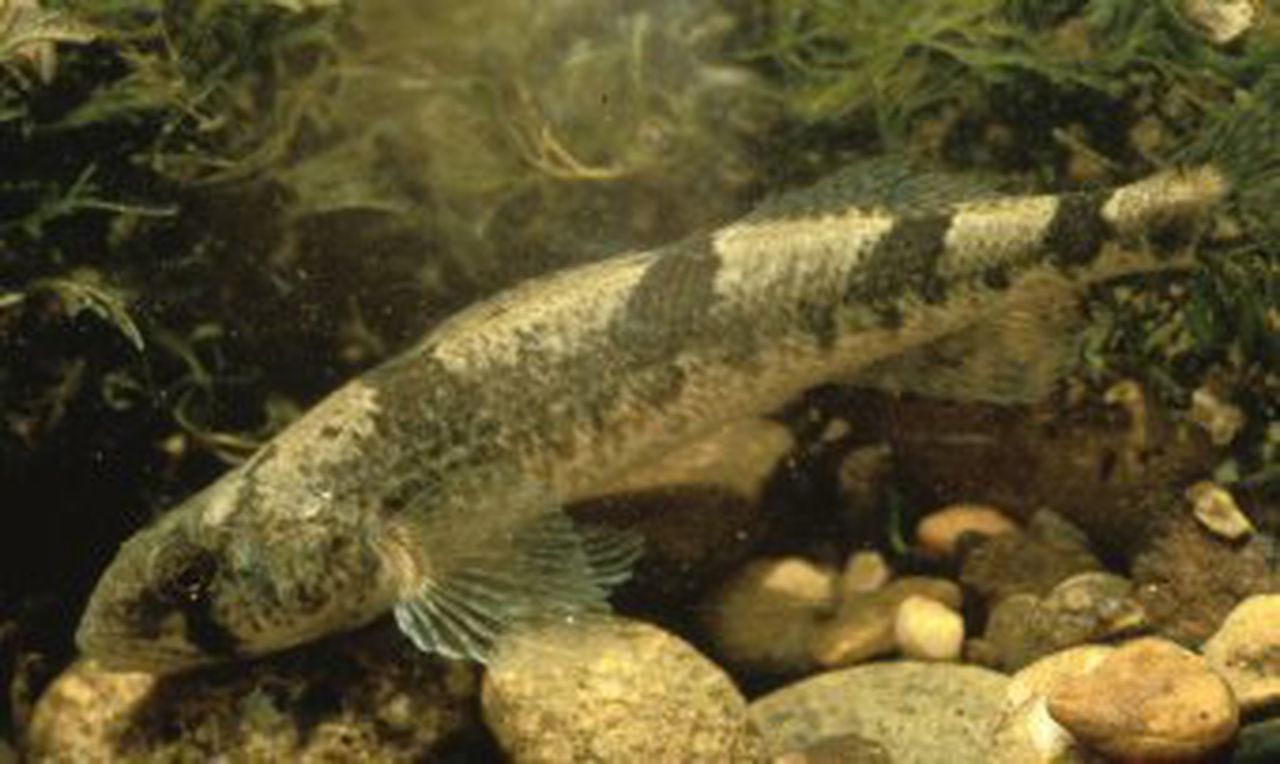Alabama fish removed from endangered species list after population recovers
Federal wildlife officials are removing a small Alabama fish from the Endangered Species List, saying the fish is “no longer in danger of extinction.”
The U.S. Fish and Wildlife Service officially delisted the snail darter this week, removing the small, bottom-dwelling freshwater fish from the list of the country’s most imperiled wildlife.
The Fish and Wildlife Service, a branch of the U.S. Department of the Interior, administers the Endangered Species Act and maintains the list based of the country’s most at-risk species.
“The recovery of the snail darter is a remarkable conservation milestone that tells a story about how controversy and polarization can evolve into cooperation and a big conservation success,” Interior Secretary Deb Haaland said in a news release. “By protecting even the smallest creatures, we show who we are as a country; that we care about our environment and recognize the interconnectedness of our lands, wildlife and people.”
The snail darter is found in the Tennessee River watershed, including parts of north Alabama. The delisting document states that populations of the fish have been found in Alabama’s Paint Rock River, Elk River, Bear Creek and Guntersville Reservoir.
The initial listing of the snail darter as endangered in 1975 sparked controversy and a 1978 Supreme Court case about the impacts of the Endangered Species Act, as the listing halted construction of the Tennessee Valley Authority’s Tellico Dam for about two years. The dam was eventually exempted from the act, but populations of the fish were introduced into other waterways to ensure the species’ survival.
Today, the snail darter can be found in small, free-flowing waterways in Alabama, Tennessee, Georgia and Mississippi.
“As we approach the 50th anniversary of the Endangered Species Act (ESA) in 2023, this little fish is emblematic of what partnerships can do to protect even the most initially controversial species, showing the ultimate importance of the ESA in preserving species for future generations,” U.S. Fish and Wildlife Service Director Martha Williams said in the release. “We would like to thank the many partners, including the Tennessee Valley Authority, which made this possible.”
Jim Williams, the former Fish and Wildlife Service biologist who wrote the original rule protecting the snail darter, said in a news release issued by the Center for Biological Diversity that the delisting proved that the Endangered Species Act works.
“The recovery of the snail darter shows the success of the Endangered Species Act and the Clean Water Act,” Williams said. “With better management of water releases at hydropower and navigation dams, and removal of a lot of dams that no longer serve their original purpose, we could recover dozens more aquatic species that are still imperiled by decisions from decades ago.”
According to the Center, a wildlife conservation group that advocates for protections for endangered species, the snail darter joins more than 50 species removed from the list because their populations have recovered.
“Nearly 50 years ago the passage of the Endangered Species Act declared that our country would protect the plants and animals that collectively underlie our survival, well-being and identity,” Tierra Curry, a senior scientist at the Center for Biological Diversity said in the news release. “Now, as we face an escalating global extinction crisis, this landmark law is more important than ever for saving imperiled species, from little darters to blue whales.”
